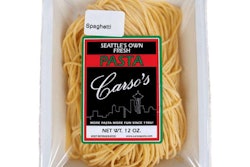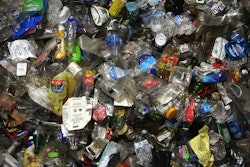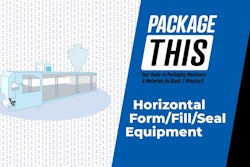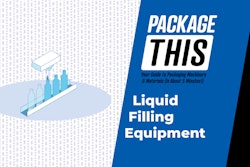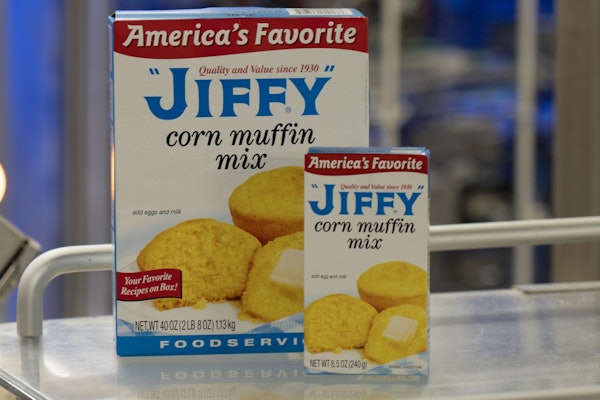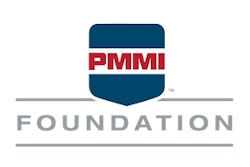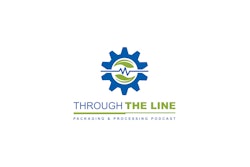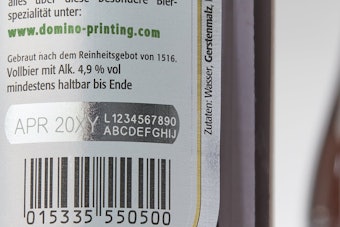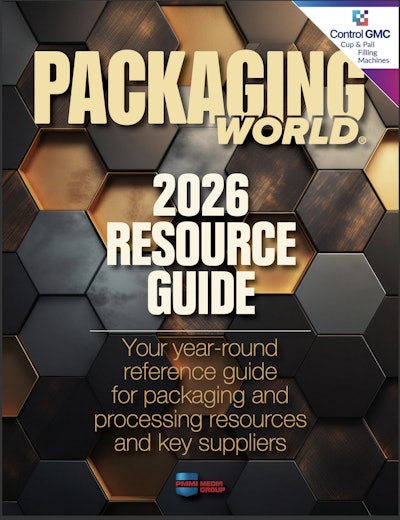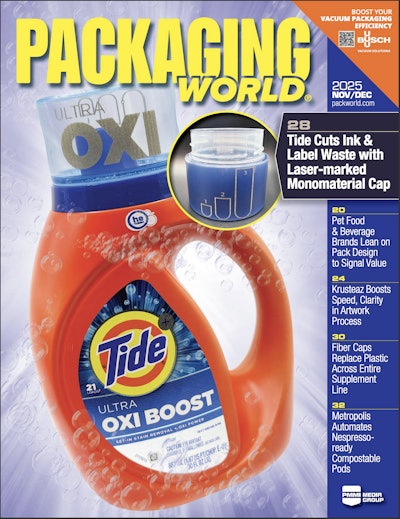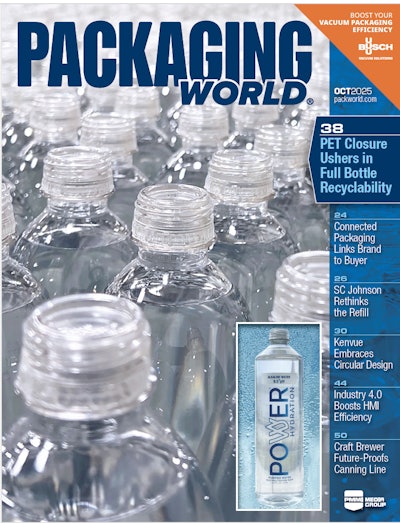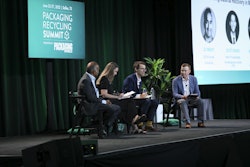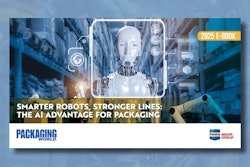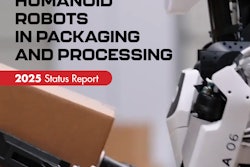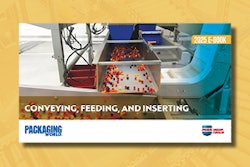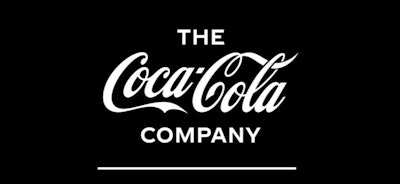
On the eve of the 2025 deadline originally set by The Ellen MacArthur Foundation’s Global Commitment to reduce plastic waste and pollution by 2025, The Coca‑Cola Company announced this week that it has updated its voluntary environmental goals, moving the goalposts from 2025 and 2030 to 2035. Coca-Cola is just one of several global CPGs, including Mars, PepsiCo, Colgate-Palmolive, and Unilever, that have made adjustments this year to the goals it set in 2018 as part of the Global Commitment.
Coca-Cola says that the evolution in its goals is informed by learnings gathered through decades of work in sustainability, periodic assessment of progress, and identified challenges. “Achieving these ambitions will require continued investments in innovation and infrastructure solutions, enabling legislation and further collaboration with bottling partners, industry peers, local governments, and civil society,” it adds.
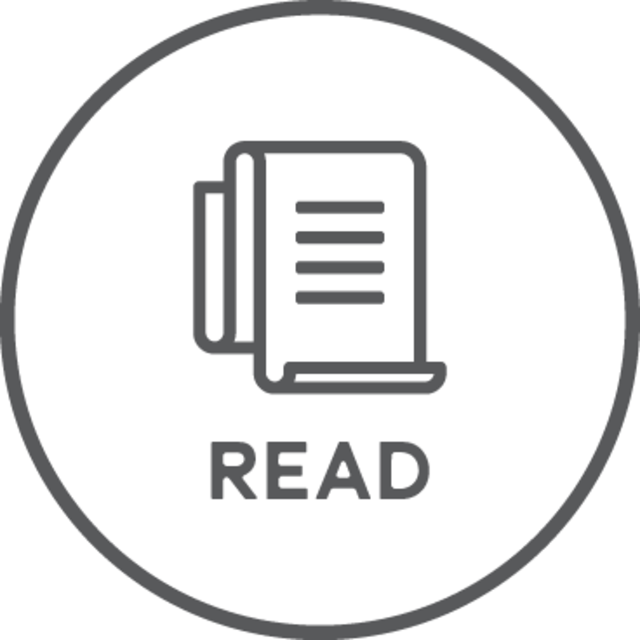 | Read this related column from Ben Miyares, “Changing Science, Markets, Economics Fuel Sustainability Course Corrections” |
In 2018, through its World Without Waste initiative, Coca-Cola committed to making 100% of its packaging recyclable globally by 2025 and using at least 50% recycled material in its packaging by 2030. In 2020, it also set a goal to reduce its use of virgin plastic derived from non-renewable resources by a cumulative 3 million metric tons by 2025, resulting in 20% less virgin plastic versus 2020.
Replacing these commitments around packaging are the following 2035 goals:
- Aim to use 35% to 40% recycled material in primary packaging (plastic, glass, and aluminum), including increasing recycled plastic use to 30% to 35% globally. According to Coca-Cola, it will continue to comply with local regulations, including where higher percentages of recycled content are required.
- Help ensure the collection of 70% to 75% of the equivalent number of bottles and cans introduced into the market annually.
Coca-Cola offers beverages in a variety of packaging formats: glass and plastic bottles, aluminum cans, and refillable packaging. Says the company, “Each option can play a role in helping reduce packaging waste and emissions. Coca-Cola is focusing its efforts to use more recycled material in primary packaging and supporting collection rates, both of which require enabling policies and the growth of collection infrastructure,” it says. It adds that it intends to continue to invest in refillable packaging where infrastructure already exists.
To achieve its goals, the Coca‑Cola system aims to focus on measurable and interconnected actions under two pillars: Design and Partner to Collect.
Design
- The company is focused on ensuring that its primary packaging is recyclable. More than 95% of the company’s primary consumer packaging (excluding caps) is designed to be recycled, and it is working to resolve the remaining packages.
- The use of recycled content in primary packaging can help reduce the company’s emissions. This effort, combined with innovations such as lightweighting, can avoid the additional use of virgin plastic. Costs, quality, and scaling innovation are dynamic external factors that will affect implementation.
Partner to Collect
- The collection and recycling of beverage packaging remains challenging, as every state and country has unique systems, infrastructure, regulatory environments, and sets of consumer behaviors, Coca Cola says. “Collective action is needed to support packaging collection infrastructure and policies,” it add, saying it will continue to focus on increased advocacy for well-designed collection systems, as these are often the most efficient ways to improve packaging collection rates.
- If Coca-Cola reaches its 70% to 75% collection rate ambition, it intends to continue working to further increase collection over the long term. It also intends to invest to expand the use of refillable packaging in markets where infrastructure is in place to support this part of the company’s portfolio.
Through collaboration with local and global partners, Coca-Cola says it will continue to expand its design innovations, explore new collection models or improve existing ones, invest in local infrastructure, and engage with policymakers.
Says Bea Perez, executive vice president and global chief communications, Sustainability & Strategic Partnerships Officer, at The Coca‑Cola Company. “We remain committed to building long-term business resilience and earning our social license to operate through our evolved voluntary environmental goals. These challenges are complex and require us to drive more effective and efficient resource allocation and work collaboratively with partners to deliver lasting positive impact.”
Coca-Cola says it expects to continue to report on its sustainability progress annually. It also intends to evaluate its actions, market dynamics, additional learnings, and stakeholder needs regularly to maintain close alignment of 2035 goals with business priorities and the company’s progress.
“We know we will have more chapters in our journey and that we can’t do it alone,” says Perez. “Continued collaboration, targeted investments, and well-designed policies are crucial to help create shared value for all.” PW


